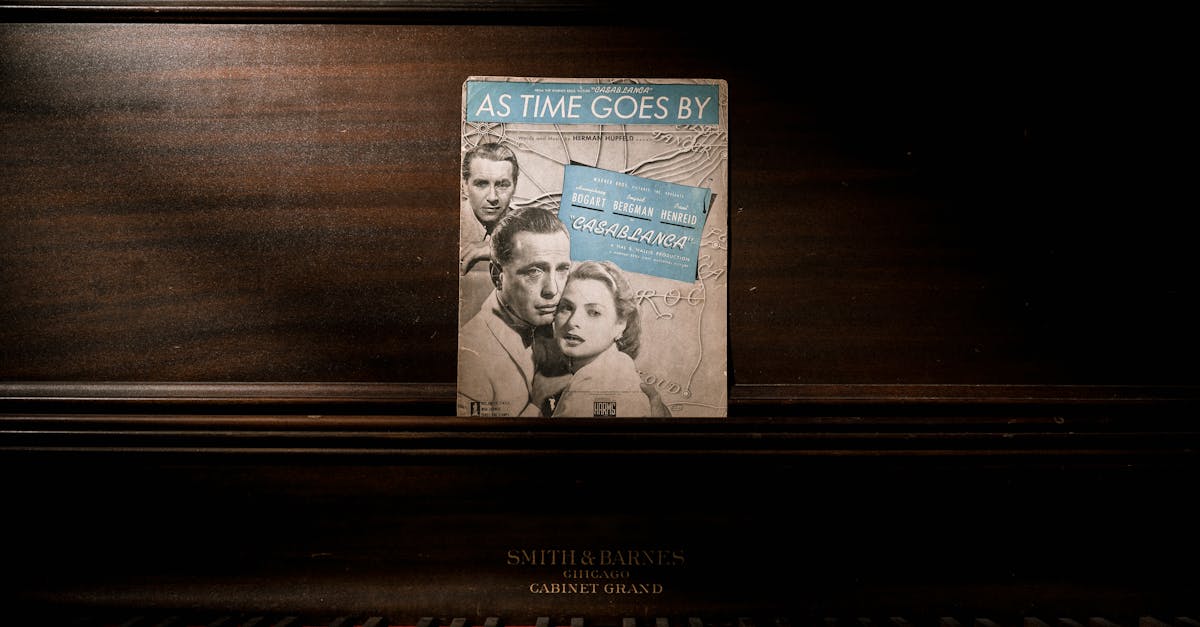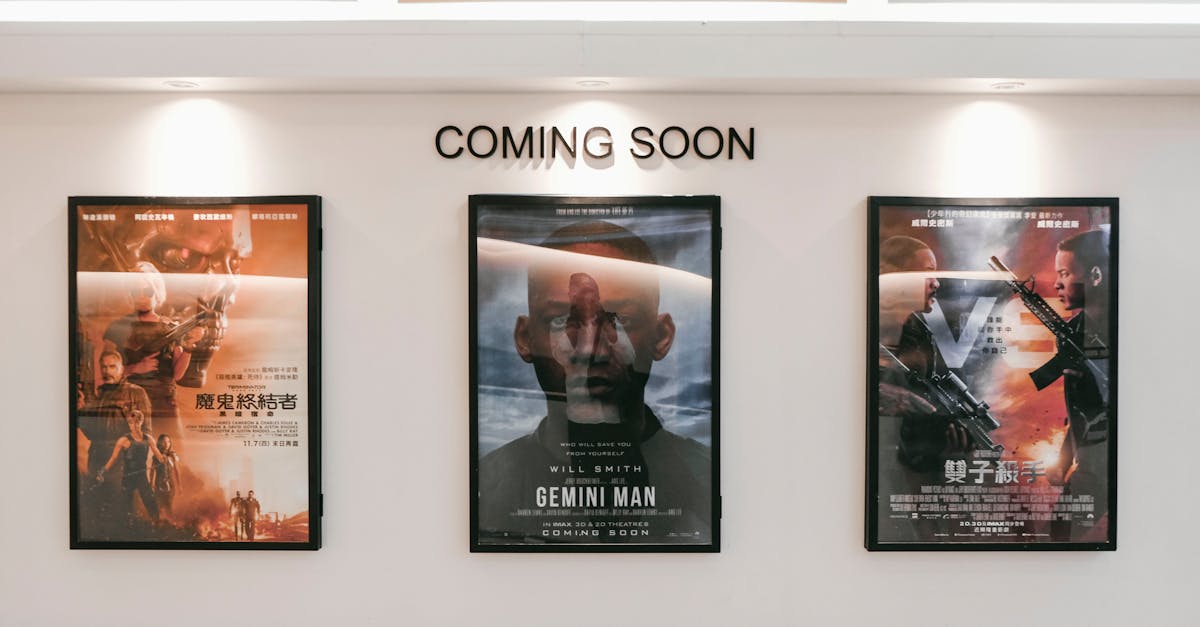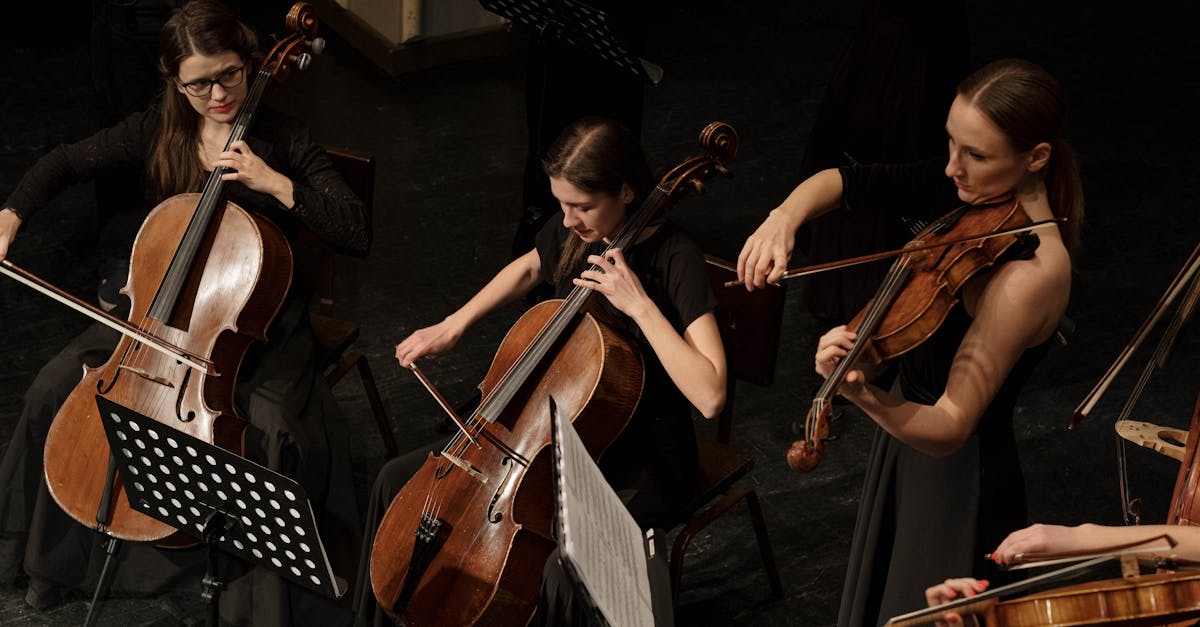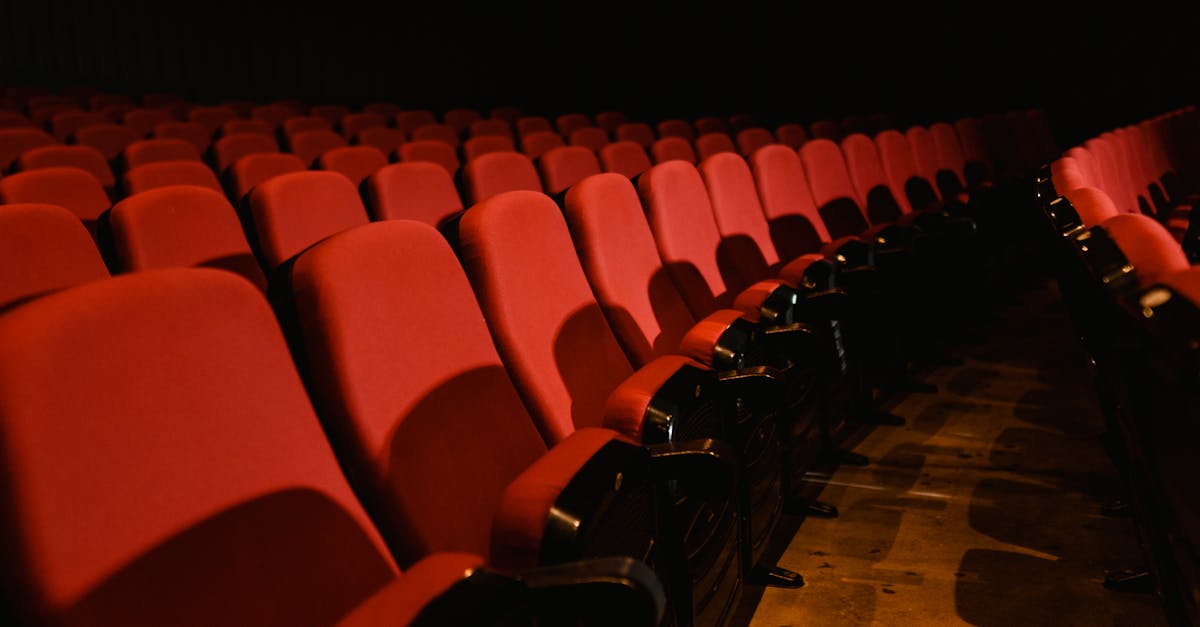Silver Screen Symphony Daily Digest: Your Ultimate Guide to Film Scores
Introduction
Film scores are often the unsung heroes of cinematic storytelling. These musical compositions, carefully curated to enhance emotion, guide narratives, and heighten drama, transform the movie-watching experience. Whether it's the tinkling piano that marks a love story climax or the triumphant orchestral explosion in an epic battle scene, film scores are integral to the silver screen magic. Welcome to the Silver Screen Symphony Daily Digest, where we delve into the world of movie music. We'll journey through iconic scores, the geniuses behind them, and their undeniable impact on the industry. Join us as we unravel how these melodies define genres and resonate with audiences globally.
Advertisement
The Origins of Film Scores
The evolution of film scores dates back to the Silent Era when music was used to give life to motion pictures. Early filmgoers experienced live musicians playing in theaters, matching each scene's mood and pacing. As technology advanced, soundtracks became an essential film component. The introduction of synchronized soundtracks in the late 1920s revolutionized filmmaking. Films like The Jazz Singer (1927) paved the way for a new art form—music became an integral narrative device. Journeys into sound continued with pioneering composers like Max Steiner and Bernard Herrmann, who laid the groundwork for what we recognize today as the definitive film score.
Advertisement
Key Elements of Film Scores
A film score is much more than mere background music; it's a narrative tool woven into the film's fabric. Composers construct cues to signal theme changes, heighten tension, or evoke powerful emotions. Leitmotifs are a popular element, representing characters or ideas with a recognizable tune. Instrumentation choices, from lush orchestras to synthetic soundscapes, define a film’s atmosphere. Rhythm and pacing collaborate with the film’s editing and direction, guiding audience emotions without them even noticing the manipulation. Such elements collectively shape the cinematic experience, telling stories beyond dialogue and visual imagery alone.
Advertisement
Iconic Film Scores
Certain film scores have transcended their original purpose, becoming cultural phenomena in their own right. John Williams’s heart-pounding orchestral pieces in Star Wars, Jaws, and Indiana Jones echo in collective memory, defining what it means to be epic. Hans Zimmer, known for crafting soundscapes and intense crescendos as heard in The Dark Knight Rises and Inception, takes audiences on auditory journeys. Ennio Morricone's haunting melodies in spaghetti Westerns, especially in The Good, the Bad and the Ugly, redefine genre limits. These scores continue to inspire composers, directors, and fans worldwide, showcasing the genius behind their creation.
Advertisement
Behind the Maestro's Baton
The conduit for film score magic lies in the genius of the composers. Visionaries like Williams, Zimmer, and Horner are household names, but many more fill the hall of fame for film music. These maestros create from a unique symbiosis between visual narrative and sound. Every note is crafted meticulously, often requiring collaboration with directors to ensure artful harmony between sound and sight. The score's rhythm becomes the film's heartbeat, flowing naturally from the composer's written page to the quiet moments of a rich emotional scene. Their brilliance lies in making the extraordinary seem effortless, weaving music into timeless films.
Advertisement
The Role of Technology
The intersection of film scoring and technology continues to shape modern cinema profoundly. Digital equipment has democratized score creation, allowing composers new avenues to explore. The introduction of software like Pro Tools and synthesizers lends itself to evolving score dynamics, enabling experimental sound experiences. Today, new platforms aid composers with audio tools that masterfully sketch sounds matching director insights. Moreover, streaming services have expanded access, delivering scores to global audiences at a click, transforming listening habits universally. Technology continues to broaden possibilities, pushing creative boundaries and reimagining film scoring as a modern art form.
Advertisement
Genres and Their Musical Identity
Each film genre carries a distinct musical identity, with scores shaping dramatic styles tailored to thematic needs. Romantic movies often echo with lush string arrangements to mirror emotional crescendos. Action-packed thrillers employ rhythmic percussion for heartbeat-pounding sequences. In contrast, horror films carefully utilize dissonant sounds and silence to manipulate tension. Documentaries find music providing subtle ambience, supporting historical and informational narratives without overshadowing. Animated adventures embrace vibrant compositions, breathing life into fantastical worlds. These genre-specific identifiers confirm the transformative power of music, intuitively aligning audience reactions to visual storytelling.
Advertisement
The Symbiotic Relationship Between Sound and Story
Film scores aren't mere ornaments; they add narrative depth and enhance characters. Like an invisible cast member, music breathes life into screenplays, filling atmospheres with appropriate tones. Visual masterpieces can become more meaningful with complementary scores, their symbiosis intensifying viewing experiences. From exuding hope in overcoming odds to embodying quiet devastation, music articulates emotions words may fail to. As filmmakers recognize the compelling influence scores hold, they consult frequently with composers throughout production stages. This collaboration ensures cohesive storytelling through sound, enriching scenes, and dialogues coherently. With their critical role, film scores perpetually alter how stories are told onscreen.
Advertisement
Film Scores on the Global Stage
Globalization has shifted film score futures, spotlighting composers worldwide who bring unique cultural influences. Eastern and Western music traditions now merge seamlessly, with projects often including international collaborations. Promotional strategies showcase diversity, drawing audiences to appreciate musical variety across borders. The reach of film scores transcends languages, communicating emotion and story to multicultural audiences. Award-winning global composers, like A.R. Rahman and Hildur Guðnadóttir, are breaking barriers and redefining film score perceptions globally. This global exchange fosters innovative development within the film industry, enriching narrative possibilities through diverse musical expressions.
Advertisement
Conclusion
As audiences continually search for captivating cinematic experiences, film scores prove to be illuminating beacons. These emotional compositions guide viewers through intrigue, passion, and tension, crafting unforgettable memories. From classic masterpieces to innovative soundtracks of today, each tune accentuates the visual narrative to new heights. As technology, cultural influences, and storytelling evolve, film scores will adapt, sustaining their magical allure. The Silver Screen Symphony Daily Digest endeavors to celebrate this ongoing musical journey, inviting readers to explore, appreciate, and understand the compelling artistry interwoven in every movie score.
Advertisement








